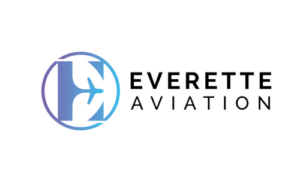Aircraft appraisers may use the cost approach as one of the methods to determine the value of an aircraft. The cost approach involves estimating the cost to replace the aircraft with a similar one, taking into account depreciation and obsolescence. Here are some reasons why an aircraft appraiser might use the cost approach:

If the aircraft being appraised is relatively new and there are comparable new aircraft available in the market, the cost approach can provide a reasonable estimate of its value.
In cases where the aircraft has unique features, modifications, or customizations, it may be challenging to find comparable sales data. The cost approach helps in valuing the specific features by calculating the cost of reproducing them.
If there is a lack of sufficient market data on recent sales of similar aircraft, the cost approach can serve as a useful alternative method to estimate the value.
The cost approach is often used for insurance purposes to determine the replacement cost of an aircraft in case of damage or loss. Insurance values are based on the cost of replacing the aircraft with a similar one.
The cost approach provides a historical perspective on the investment made in the aircraft. This can be valuable information for individuals or entities that want to understand the historical cost of the asset.
It’s important to note that aircraft appraisers often use multiple approaches, including the market approach (comparing the aircraft to similar ones that have recently sold) and the income approach (considering the aircraft’s income-generating potential). The choice of approach depends on the availability of data, the characteristics of the aircraft, and the purpose of the appraisal.








